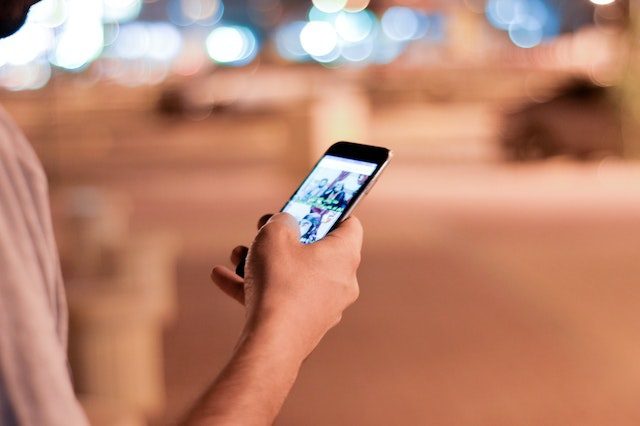
Stop the Scroll
7/17/2023
As the dog days of summer drag on and temperatures increase across America, it is no surprise that the amount of time we spend inside and in front of a screen is increasing. Content has become so engaging, and the algorithms so effective that it is easy to spend a significant amount of time streaming shows or on social media apps almost without even realizing it. According to Comparitech data, the average American spends 7 hours and 4 minutes per day in front of a screen, slightly higher than the global average of 6 hours and 57 minutes. These averages increase when we look at a younger demographic, with Gen Z Americans averaging around 9 hours per day looking at a screen.
As overall screen time increases, the average time spent on social media has increased to 2 hours and 14 minutes per day in the US. Social media giants, such as TikTok, Instagram, and Facebook, have added time limit features to make users more aware of the time they spend on the apps. TikTok automatically sets a 60-minute daily screen time limit for users below the age of 18. To continue watching, users must enter a passcode, which requires them to make an active decision to spend more time on the app.
But how effective are these screen time limits?
A new study published by researchers at the University of Delaware and Duke found that setting screen time limits can have the opposite effect. The researchers completed 10 different studies and found that users spent more time on the app after using the feature to set a time limit. They attributed this outcome to the psychology surrounding budgets. Users treated the time limits like an allotted amount of time that had been earmarked for them to use on the app, spending more time on the app than they otherwise would had there been no limit.
This research highlights the similarity in our mental accounting of time and money. Like screen time limits, when we set a monthly budget for dining out, most consumers feel that money is available to them to use for dining out. They don’t have any hesitation enjoying meals out until they have spent all the money allocated to that activity.
So how can we effectively budget our time and money?
The researchers found that for the limits to be effective at reducing social media usage, the limit had to be set very low. If users selected the lowest possible option, the limit worked, and they spent less time overall on the app.
As we head into the second half of the year, this research is a welcome reminder to review all our budgets and consider lowering certain limits to encourage more thoughtful spending of our time and money.
Meghan Pearson

